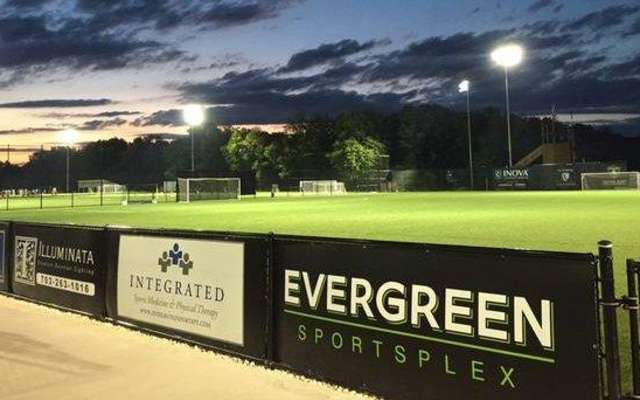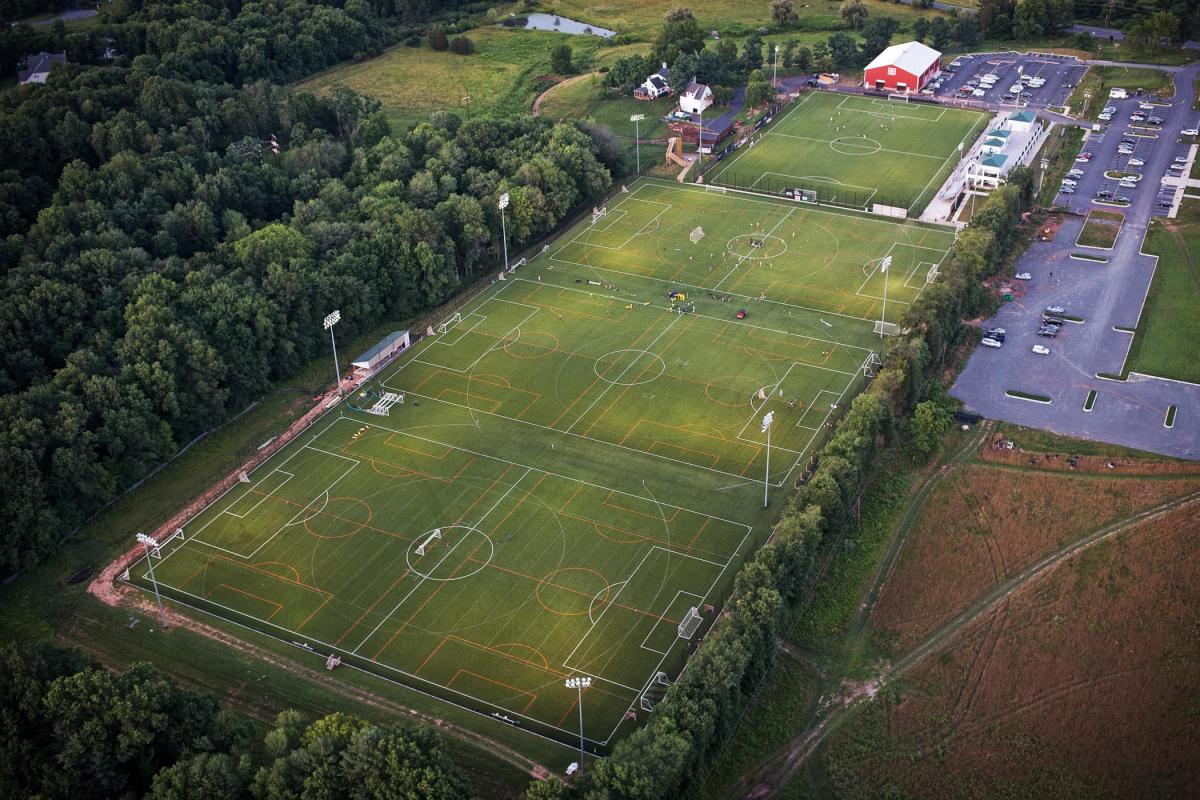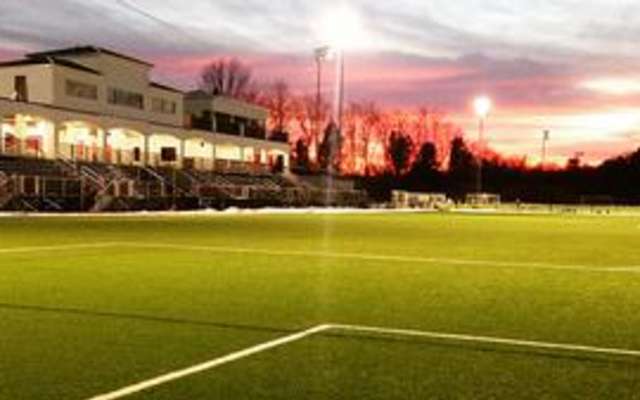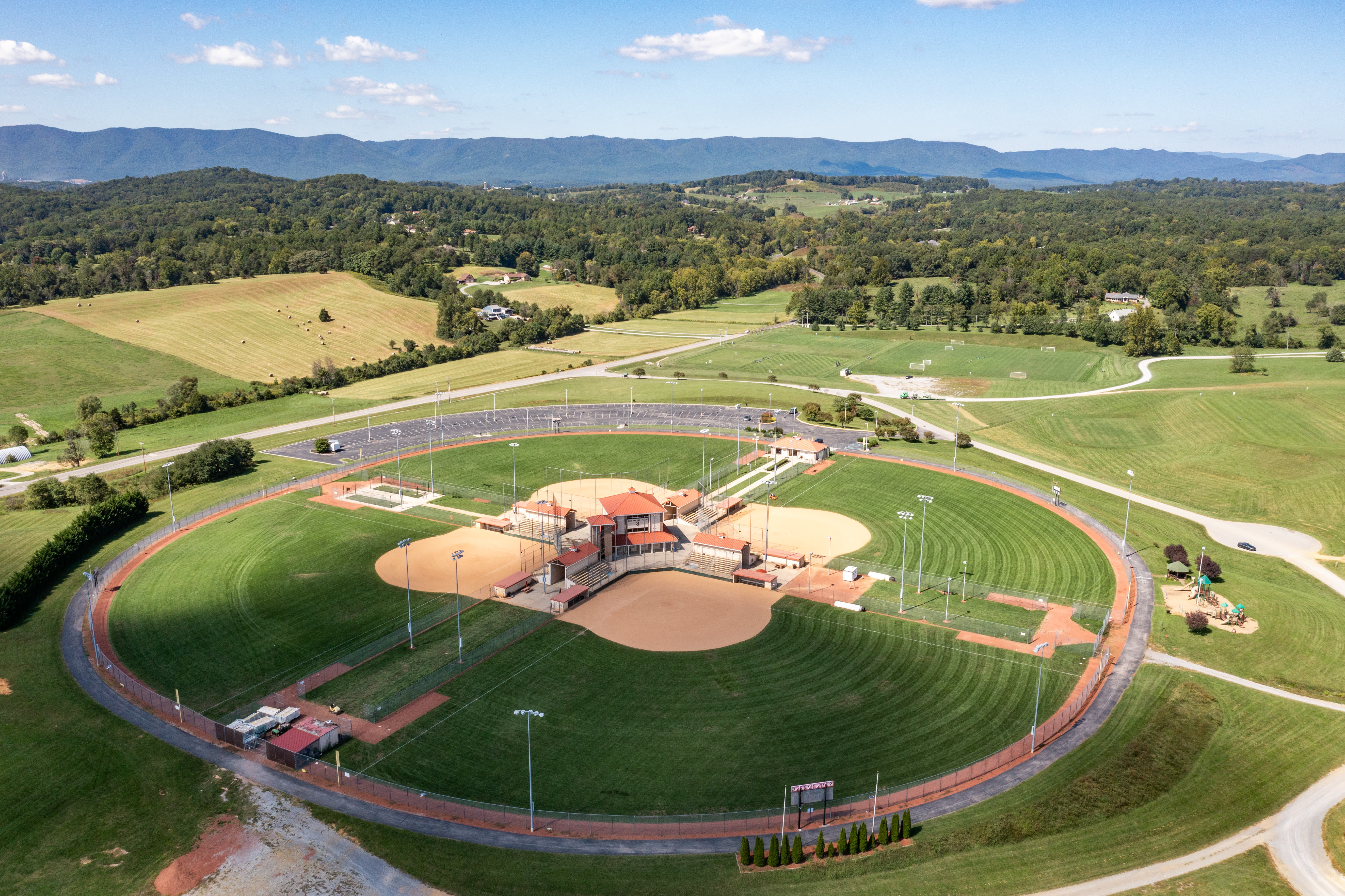Evergreen Trees in Virginia: Enhancing Sports Venue Landscapes

Virginia's sports venues are known for their exceptional facilities and beautiful surroundings. One key element that enhances these athletic spaces year-round is the strategic use of evergreen trees in landscape design. From professional stadiums to community fields, evergreens provide more than just aesthetic appeal—they create environmental benefits, practical advantages, and a distinctive sense of place that makes Virginia's sports complexes truly special.
At Evergreen SportsPlex, we recognize that landscape architecture is a critical component of creating memorable and functional sports facilities. This guide explores how native Virginia evergreen species contribute to sports venue design, highlighting notable examples across the state and offering insights for facility managers considering landscape enhancements.
Native Evergreen Trees Commonly Found at Virginia Sports Venues
Virginia's climate supports a diverse range of evergreen species that thrive in sports facility landscapes. These trees are selected not only for their year-round beauty but also for their hardiness, minimal maintenance requirements, and ability to withstand the specific challenges of athletic environments.
Virginia Pine (Pinus virginiana)
This native pine species is commonly found framing the perimeters of sports complexes across the state. Its relatively modest height (30-60 feet) makes it ideal for creating natural borders without casting excessive shade onto playing fields.
Virginia Pine's adaptability to poor soil conditions makes it particularly valuable for newly developed sports venues where soil quality may be compromised from construction.
Eastern Red Cedar (Juniperus virginiana)
One of the most versatile evergreens in Virginia sports landscapes, Eastern Red Cedar serves multiple purposes. Its dense foliage creates effective windbreaks around tennis courts and soccer fields, while its pyramidal form provides architectural interest.
These trees are particularly valued for their drought tolerance and ability to thrive with minimal irrigation—an important consideration for sustainable facility management.
American Holly (Ilex opaca)
This distinctive evergreen with its glossy, spined leaves and bright red berries adds visual interest to entrance areas and gathering spaces at sports venues. The American Holly's dense growth habit also makes it effective for screening unsightly areas like equipment storage or mechanical systems.
Many facilities incorporate these trees for their seasonal interest, as the contrasting red berries provide winter color when other landscape elements are dormant.
Benefits of Evergreen Trees in Sports Venue Landscapes
Year-Round Aesthetic Appeal
Unlike deciduous trees that lose their leaves seasonally, evergreens maintain their foliage throughout the year, providing consistent color and texture in the landscape. This is particularly valuable for sports facilities that operate in all seasons, ensuring the grounds remain attractive for tournaments, events, and media coverage regardless of the time of year.


Functional Benefits for Athletes and Spectators
Strategically placed evergreen trees serve numerous practical functions at sports venues:
- Wind Protection: Tall evergreen varieties planted as windbreaks reduce wind velocity across playing fields, creating more consistent playing conditions for outdoor sports like soccer, baseball, and tennis.
- Temperature Moderation: Evergreen buffers help moderate temperature extremes, blocking winter winds and providing cooling shade in summer months.
- Natural Noise Barriers: The dense foliage of evergreen trees absorbs sound, reducing noise pollution between adjacent playing fields or between sports facilities and neighboring properties.
- Visual Privacy Screening: Strategic evergreen plantings create natural screens between practice areas, allowing multiple teams to train simultaneously without distraction.
Did You Know?
A mature evergreen windbreak can reduce wind speed by up to 50% for a distance of up to 10 times the height of the trees. This significantly improves playing conditions for sports like soccer, baseball, and golf, where wind can dramatically affect ball movement.
Environmental and Sustainability Advantages
Beyond aesthetics and function, evergreen landscaping at sports venues provides significant environmental benefits:
- Carbon Sequestration: Evergreen trees capture carbon dioxide year-round, helping offset the carbon footprint of sports facilities and events.
- Improved Air Quality: The foliage filters air pollutants, particularly important in urban sports complexes where air quality may be compromised.
- Stormwater Management: Evergreen root systems help absorb rainwater, reducing runoff from large paved areas typical at sports venues.
- Wildlife Habitat: Native evergreen species provide habitat for birds and other wildlife, enhancing biodiversity around sports facilities.
Notable Virginia Sports Venues with Exemplary Evergreen Landscaping
Virginia Beach Sports Center
The Virginia Beach Sports Center is renowned for its integration of coastal evergreen species that withstand salt exposure and high winds. The facility's entrance features a dramatic allée of Loblolly Pines (Pinus taeda) that creates a memorable approach while providing shade for pedestrians.
The perimeter of the outdoor fields showcases a thoughtfully designed mix of Wax Myrtles (Myrica cerifera) and Southern Magnolias (Magnolia grandiflora), creating visual interest through contrasting textures while establishing natural boundaries between different sports areas.
Botetourt Sports Complex
This Blue Ridge Mountain facility exemplifies how evergreen landscaping can help a sports venue harmonize with its natural surroundings. The complex preserves existing stands of Eastern Hemlocks (Tsuga canadensis) and White Pines (Pinus strobus) to maintain the mountain character of the site.
Landscape architects strategically positioned these mature evergreens to frame views of the mountains beyond, creating spectacular backdrops for tournament photography and enhancing the visitor experience.

River City Sportsplex
This premier tournament destination in Central Virginia demonstrates how evergreen trees can be incorporated into large-scale sports complexes with multiple fields. The facility utilizes staggered rows of Leyland Cypress (× Cuprocyparis leylandii) to create defined transitions between different sports zones while providing windbreaks for the synthetic turf fields.
Maintenance staff at River City credit the evergreen buffer for reducing turf temperature by up to 10 degrees during summer tournaments, creating more comfortable playing conditions during hot weather events.
"When we designed our sports complex, incorporating native evergreens wasn't just about aesthetics—it was about creating an environment where athletes can perform at their best year-round. Our evergreen windbreaks have dramatically improved playing conditions on our soccer fields, especially during the fall and spring tournament seasons when winds are typically stronger."
— Marcus Johnson, Founder & Sports Facility Director, Evergreen SportsPlex
Landscape Maintenance Considerations for Sports Facilities
While evergreen trees generally require less maintenance than deciduous varieties, sports facility managers should consider these best practices:
Strategic Placement
Careful planning is essential when incorporating evergreens into sports landscapes:
- Avoid planting dense evergreens too close to playing fields where they might cast shadows that affect turf growth or create uneven playing conditions.
- Consider mature height and spread when planting near stadium lights, ensuring trees won't eventually block illumination.
- Maintain proper distance from drainage systems, as some evergreen species have extensive root systems that could interfere with subsurface infrastructure.
Seasonal Maintenance Schedule
Even low-maintenance evergreens benefit from regular attention:
- Schedule light pruning during dormant periods to maintain shape without affecting tournament schedules.
- Monitor for pest issues, particularly hemlock woolly adelgid and pine bark beetles, which can affect specific evergreen species in Virginia.
- Apply mulch around tree bases in spring to reduce water requirements during peak usage months when irrigation systems may prioritize playing surfaces.
Incorporating Evergreens into New or Renovated Sports Facilities
For facilities planning landscape upgrades or new construction, consider these recommendations:
Native Species Selection
Virginia's climate varies significantly from the coastal regions to the mountains. Working with landscape architects familiar with local conditions ensures selection of evergreen species adapted to specific microclimates within the state. Native species typically require less irrigation and chemical intervention, supporting sustainability goals.
Phased Implementation
Establishing mature evergreen landscapes takes time. Consider a phased approach that includes:
- Planting larger specimen trees at key visual focal points for immediate impact.
- Incorporating faster-growing evergreen varieties in areas where quick establishment is needed.
- Supplementing with slower-growing, longer-lived species that will eventually become the dominant landscape elements.
Sustainability Spotlight
Several Virginia sports complexes have incorporated evergreen trees as part of LEED certification efforts. Native evergreens contribute to multiple credits under sustainable sites, water efficiency, and innovation categories. The Liberty University Indoor Track Complex achieved LEED Silver certification partly through its comprehensive native evergreen landscape design.
Conclusion: The Evergreen Advantage for Virginia Sports Facilities
As Virginia continues to develop its reputation as a premier sports destination, the thoughtful integration of evergreen trees into venue landscapes represents an opportunity to create distinctive, high-performance athletic environments. These verdant sentinels do more than beautify—they improve playing conditions, enhance spectator comfort, support sustainability initiatives, and create a uniquely Virginia sense of place.
Whether you manage an existing sports facility looking for landscape enhancements or are planning a new athletic complex, the strategic use of native evergreens offers year-round benefits that extend far beyond aesthetics. By learning from the examples set by premier venues across the state, Virginia's sports facilities can continue to set the standard for excellence in both athletic infrastructure and environmental stewardship.
For more information about sports venue design, facility management, or tournament hosting opportunities across Virginia, explore our other resources at Evergreen SportsPlex.
